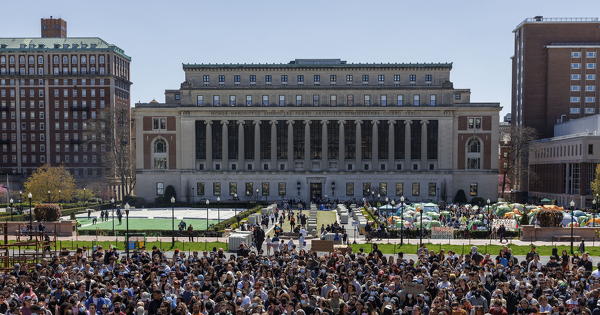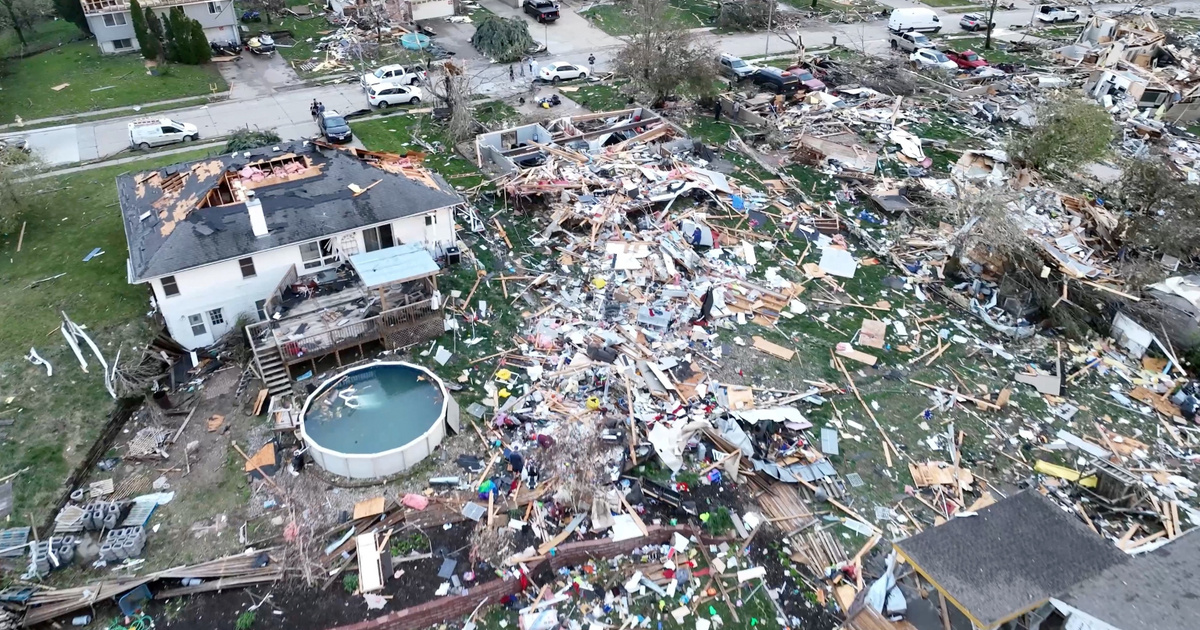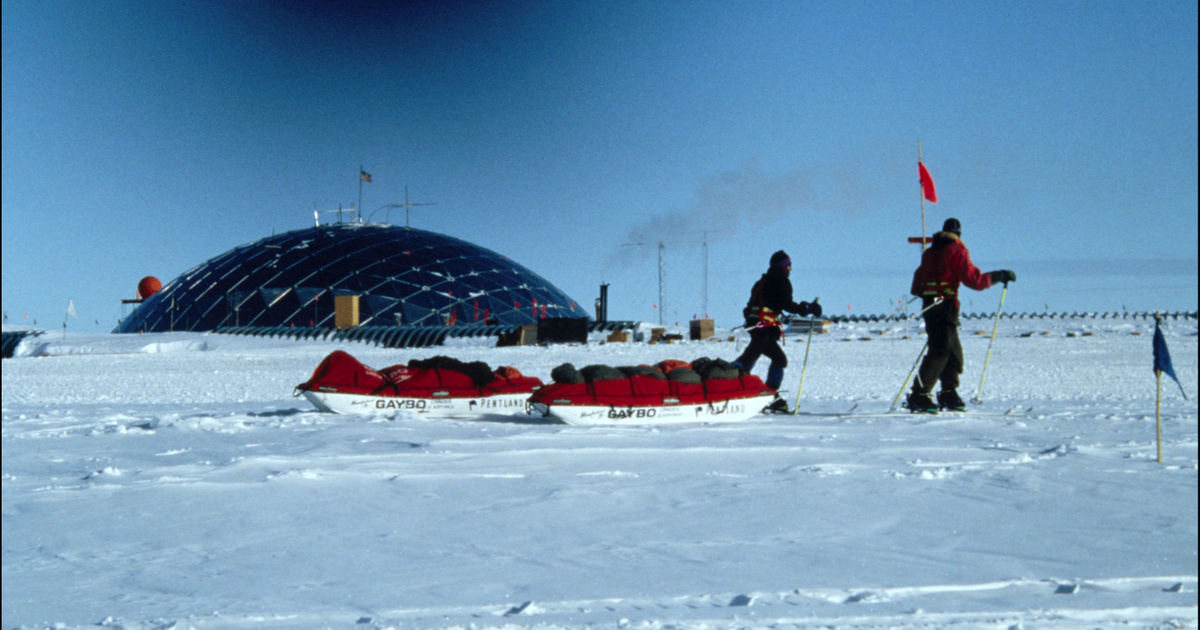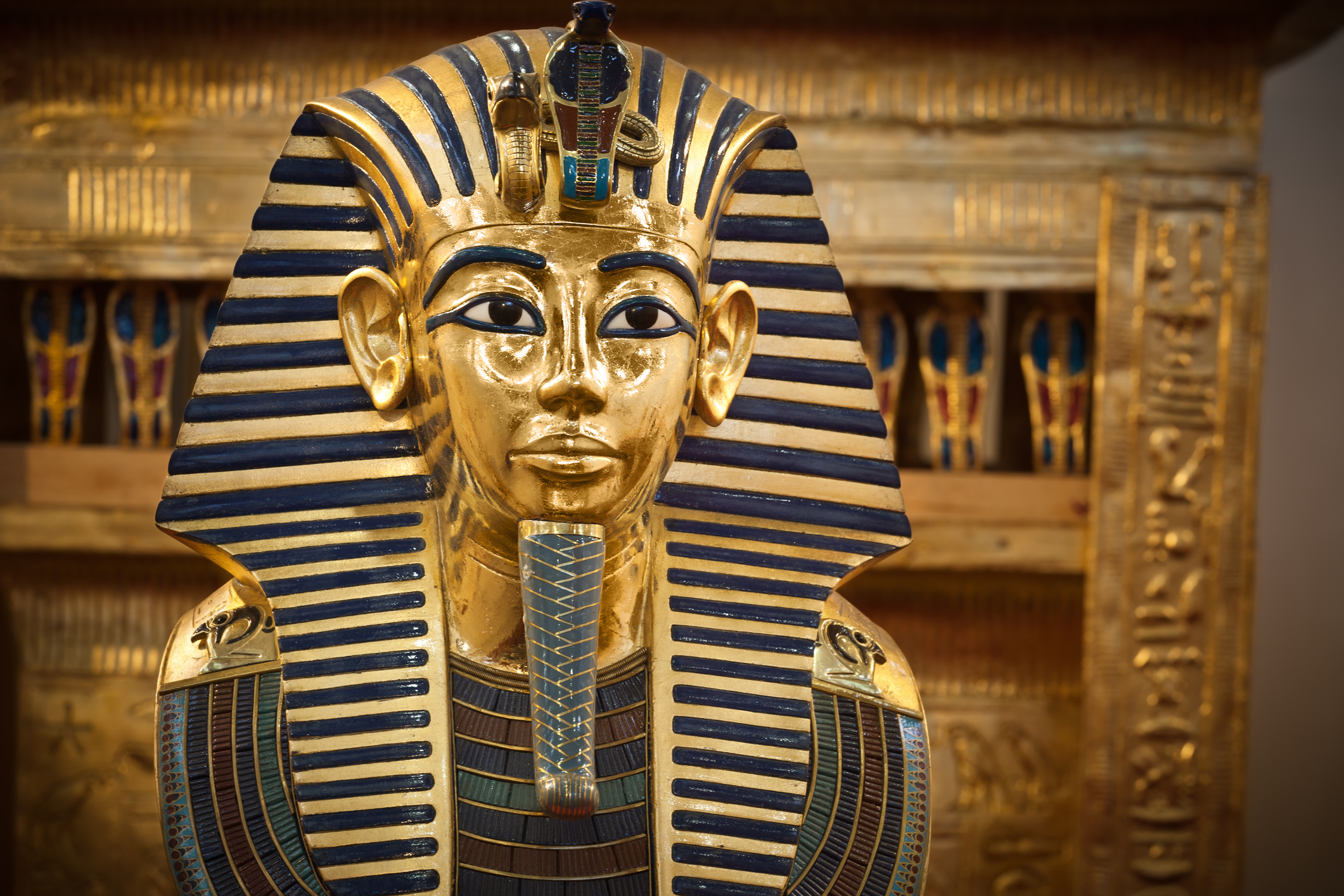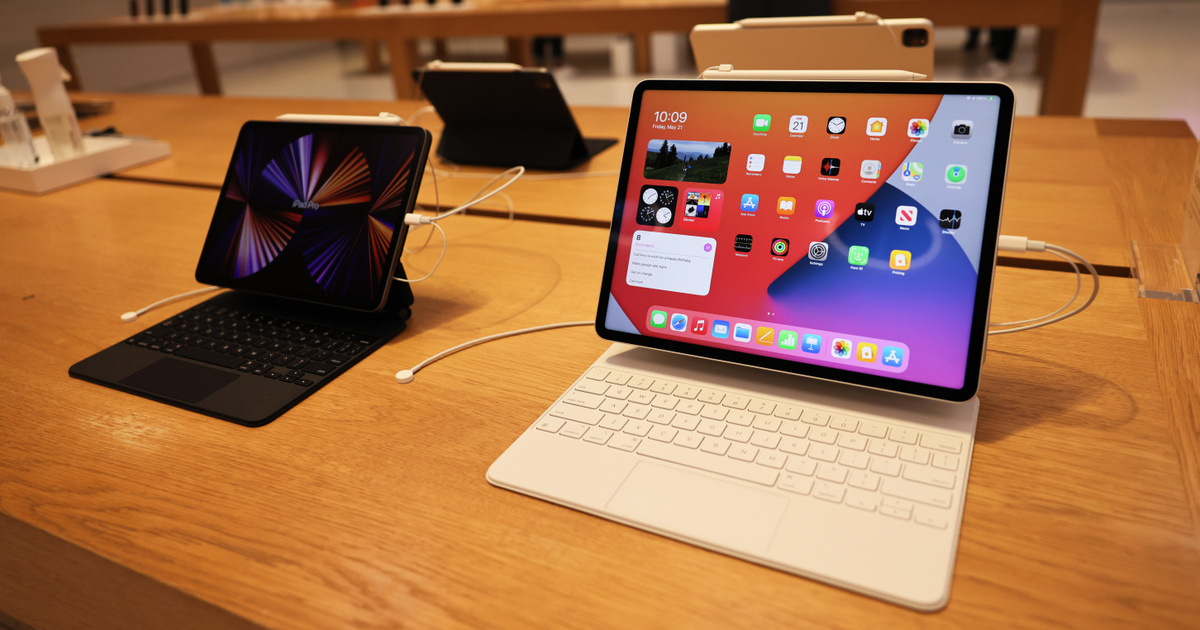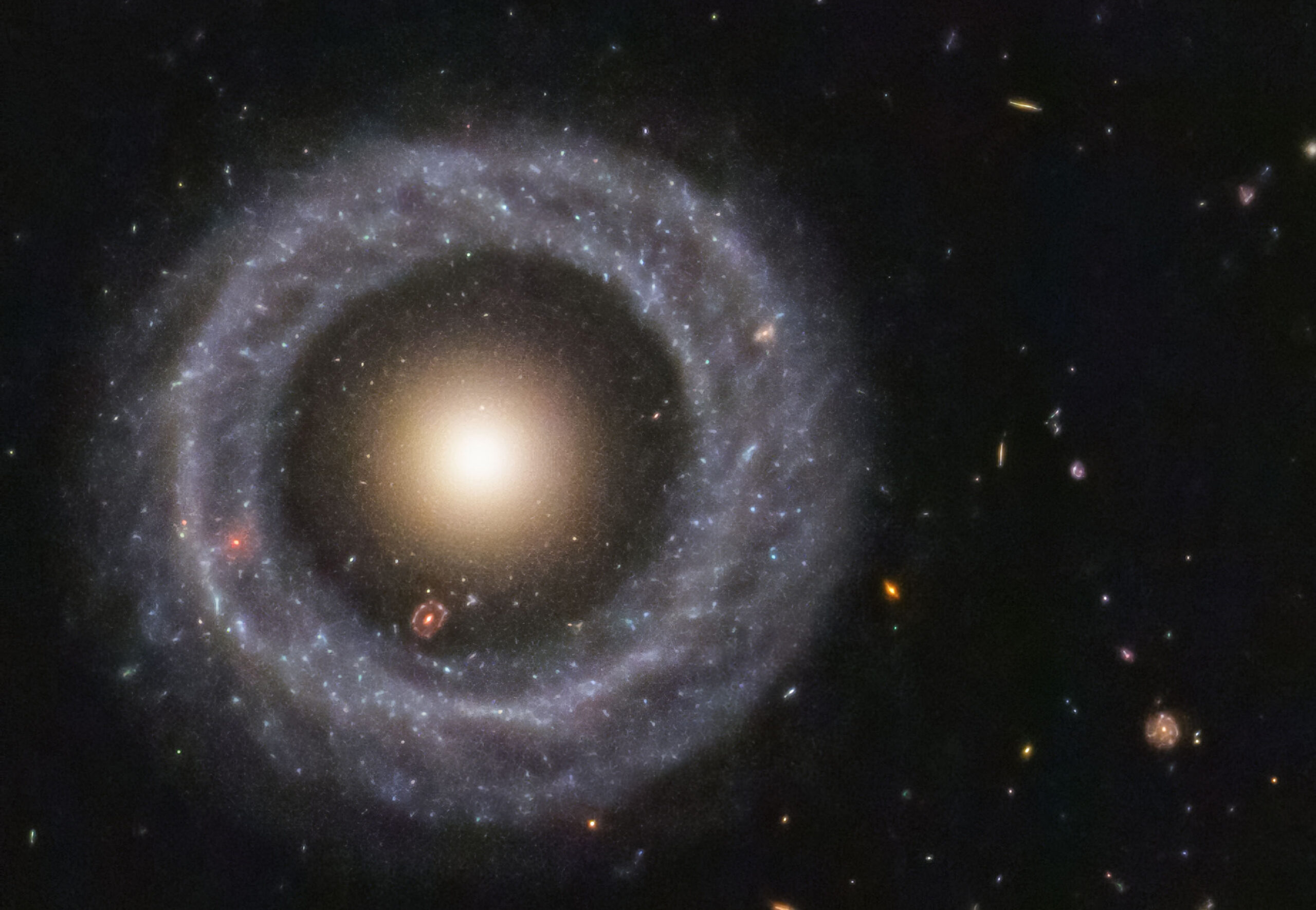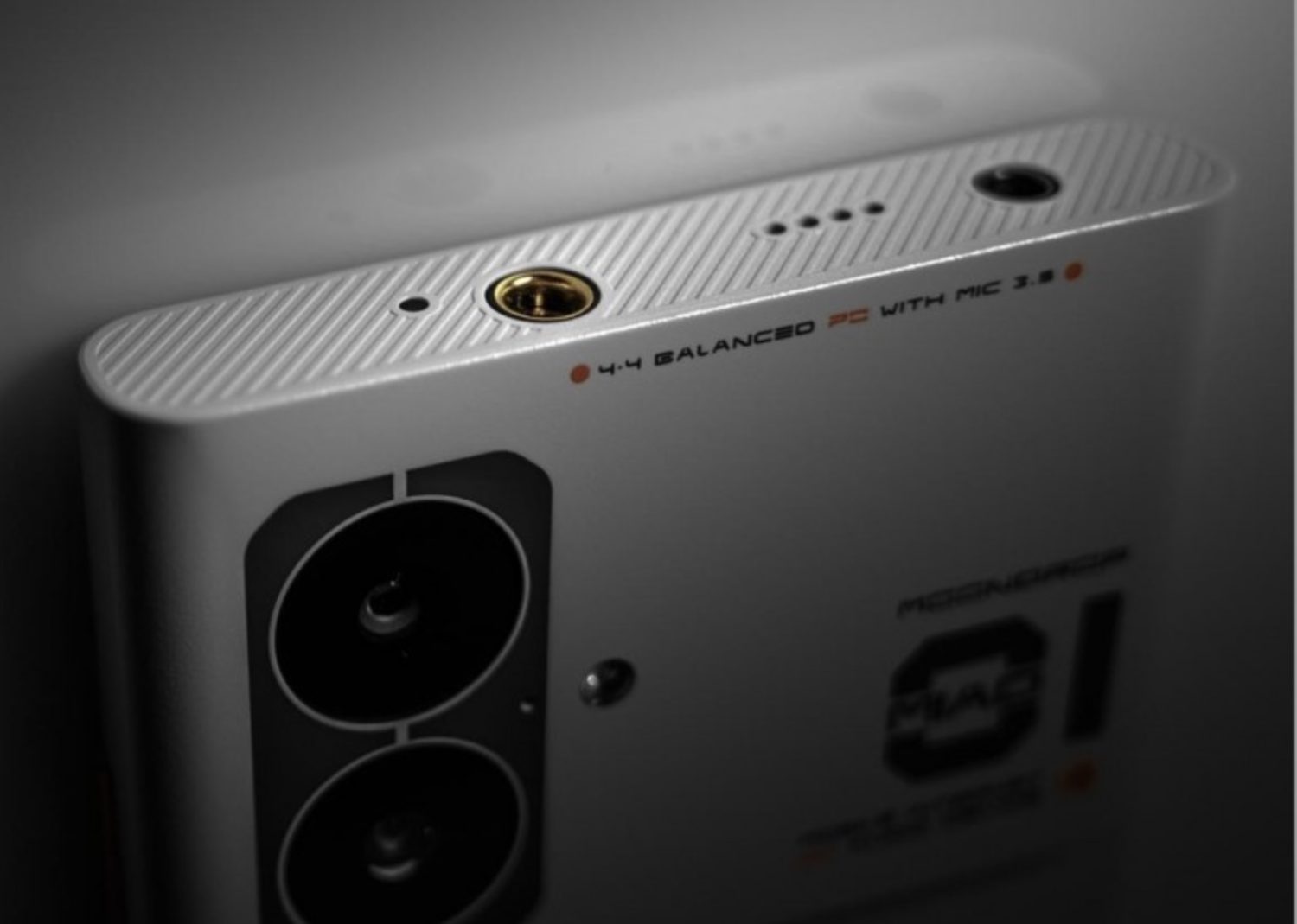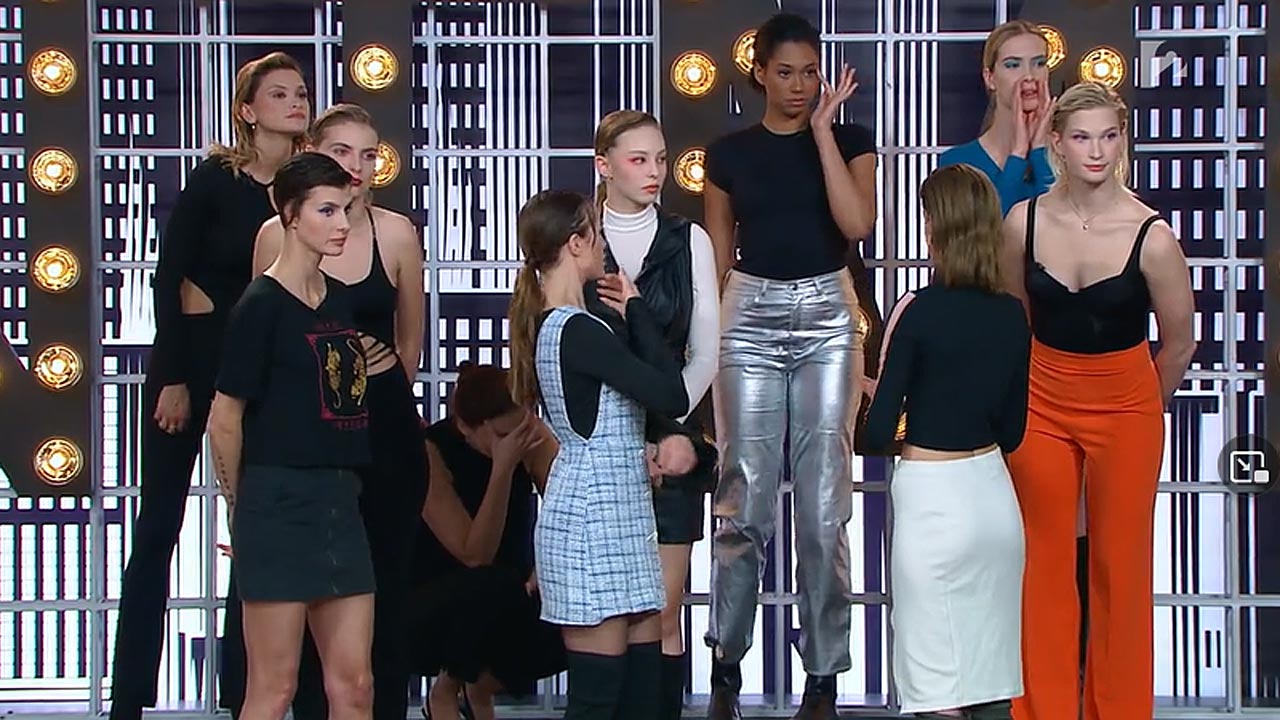Astronomers have discovered the first galactic bubble in our galaxy’s backyard: an almost unimaginably large cosmic structure believed to be the fossilized remains of the direct effects of the Big Bang. The bubble spans a trillion light-years, 10 times wider than the Milky Way. This discovery was published in the Astrophysical Journal. – writes őhys.org.
The galactic bubble is relatively close, at 820 million light-years from our galaxy, our galaxy is what astronomers call the nearby universe. It cannot be seen with the naked eye, and it is believed that the bubble is a spherical shell with a core. At the core is the supercluster, a collection of galaxies, called BOTUS, surrounded by a huge void, the “big nothing.” The crust contains several other superclusters of galaxies already known to science, including the massive structure, the lazy Great Wall of China.
The discovery confirms a phenomenon that was first described in 1970 by American cosmologist and Nobel Prize-winning physicist Jim Peebles. His theory was that in the ancient universe – later hot plasma – gravitational vortices and radiation created sound waves, baryon acoustic oscillations. When sound waves rippled through the plasma, they created bubbles. About 380,000 years after the Big Bang, when the universe cooled, the process stopped and the bubbles froze. The bubbles then became larger as the universe expanded, similar to other fossilized remains after the Big Bang.
Astronomers previously detected baryonic oscillation signals in 2005 when they examined data from nearby galaxies. But the newly discovered bubble is the first known baryonic acoustic oscillation.
Astronomers gave the bubble a name derived from the Hawaiian emblem of creation: Ho’oleilana, which means “blasts sent by wakes.” The name comes from the study’s lead author Brent Trulli, an astronomer at the University of Hawaii. The bubble was discovered by chance as part of Tully’s work searching for new catalogs of galaxies.
Cosmologist Colan Hulett mathematically determined the spherical structure that best matches the data provided. In this way, the researchers were able to visualize the 3D shape of Holliana – and the location of the archipelago of galaxies within it. Soon, more bubbles may be discovered in the universe. The Euclid Space Telescope, which launched in July, has a wide view of the universe, so it will likely detect more bubbles. And in the Southern Hemisphere, in South Africa and Australia, there is the huge radio telescope, the Square Kilometer Array, which can also provide new images of galaxies.
(source: https://phys.org/)

